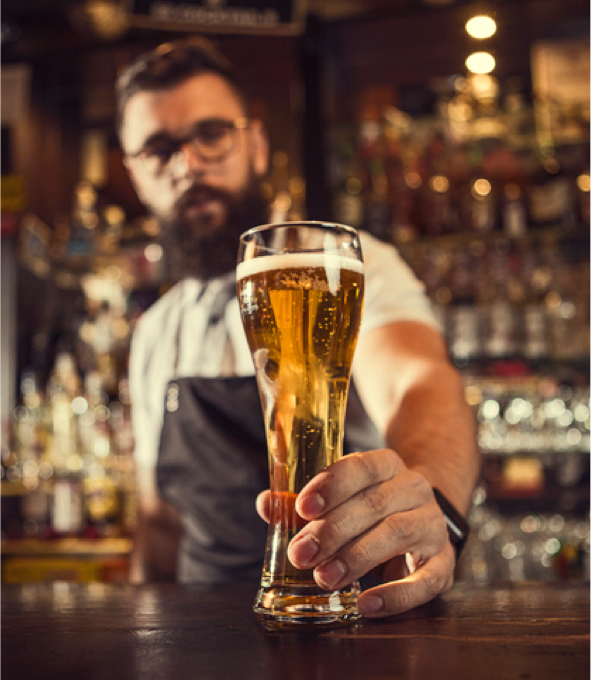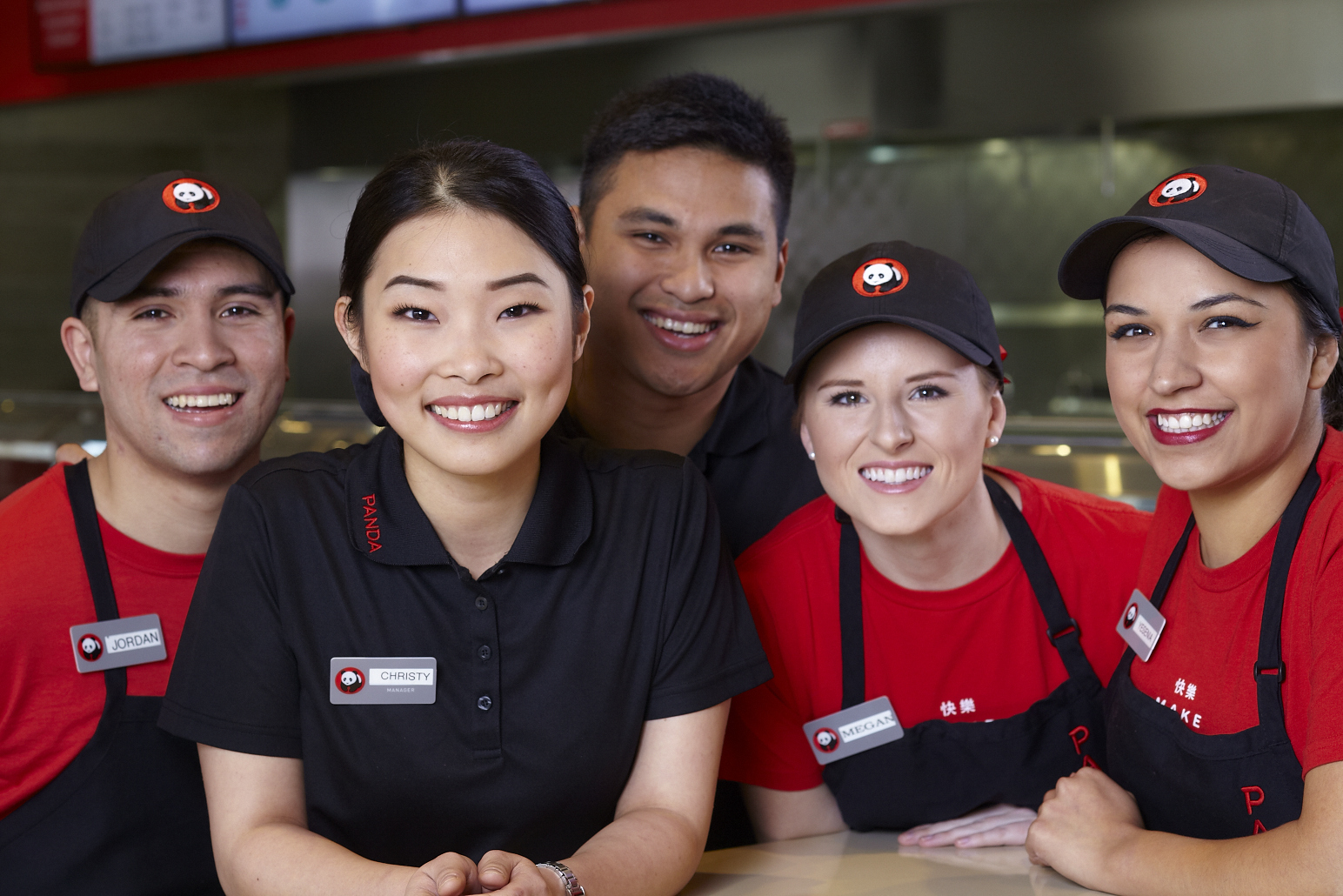Authored by Alan Weiner:
Gas supply plays an instrumental role in the food and beverage sector, and when disruptions occur, setbacks ensue. Suppliers and companies experienced their fair share of hold-ups last year due to shutdowns and supply chain woes and have predicted similar trends for 2023.
However, by looking at beverage gas trends from 2022, companies within the industry have been able to predict trends for this year and develop best practices and strategies for their operations.
Here are a few trends from the past year and how they have affected the beverage gas industry today.
2022 Beverage Gas Challenges
In 2022, the beverage gas industry experienced challenges due to supply chain setbacks and supplier shutdowns. To start, we experienced higher demand and consumption rates coming out of the pandemic. These positive results played against the ongoing issues of increased labor shortages, rising labor costs, and stagnant manufacturing processes. While more businesses were opening their doors, there was an overall lack of labor supply to meet beverage gas demand, a trend that we expect to stay.
Why Is There a CO2 Shortage
Moreover, shutdowns occurred in three major beverage gas supplier regions, Mississippi, Virginia, and Georgia, representing 40-50% of the industry’s production. With these significant shutdowns, independent distributors took the following measures to meet carbon dioxide (CO2) demand:
- Expanded coverage across the country, resulting in longer driving distances and trip times.
- Increased pricing as beverage gas costs continued to rise.
Beverage gas suppliers experienced setbacks when trying to stay on top of CO2 demand as a result of both supply chain constraints and plant shutdowns. The disruptions sparked industry talks about alternative CO2 sources as gas suppliers were unable to onboard new businesses due to a lack of supply in meeting the needs of current customers.
Beverage Gas Outlook for 2023
2023’s expected outlook still includes planned shutdowns, as we saw in 2022 with scheduled maintenance shutdowns, and supply chain issues with anticipated price increases.
The food and beverage industry is expected to see sector-wide price surges and is still grappling with questions about the impact of higher poultry pricing, current egg shortages, and the November flooding along the West Coast. These concerns, paired with ongoing labor shortages, are even more cause for concern. Restaurants, for example, continue to experience decreasing labor and increasing food costs.
However, this year, we expect passing costs and increases to level out and stabilize. As food and beverage costs rise, companies will adapt and develop strategies to maintain overall ROI. Larger beverage companies have found alternative ways to provide beverages by incorporating drinks-to-go into their business model.
Data used to help with predictive ordering is another trend this year, emphasized by technical advancements. Beverage gas suppliers are starting to tap into predictive analytics to use data to drive decision-making. Customers can base their gas supply needs and decisions on factual data, and suppliers can remind customers to re-order to keep business moving.
Strategies and Best Practices for Beverage Gas Supply
Companies are viewing 2023 through an optimistic yet realistic lens, already anticipating instability during peak season from May-September with planned shutdowns. With this event on the horizon, beverage gas suppliers are taking a more proactive approach to communication.
By increasing communication efforts, we can consolidate orders and condense delivery trips. For example, we can request that customers needing one tank to last three to four weeks go ahead and place an order for two tanks. If a shutdown happens or there are not enough delivery trucks to complete the order, customers can rest assured that they have the gas they need when they need it.
Additionally, regarding the supply chain, beverage companies have started to evaluate their business practices and the spaces they’ll need for maximizing operations. For example, businesses are looking at how they serve their beverages, whether through a sit-down experience or a drive-through. What tactics are generating the most substantial ROI? Should AI digital tools be brought into the picture?
All these considerations are important to consider and continue the conversation of open communication. When changes or shifts in the industry occur, whether positive or negative, we see that the more transparent companies are, the more customers and partners appreciate the heads-up to pivot and make necessary changes and adjustments.
How EspriGas Is Prepped for 2023
We see an opportunity for potential growth within the beverage gas industry, having adapted skills and strategies from 2022 experiences. EspriGas will continue communicating with our customers and providing top-tier beverage gas services by evolving with and adapting to always-changing trends.

HOW WE MAKE ORDERING SIMPLE
The EspriGas Way
Fulfilling your beverage gas needs should be simple and easy. Our streamlined ordering process will help you get the right amount of gas, on-time with minimal effort.



